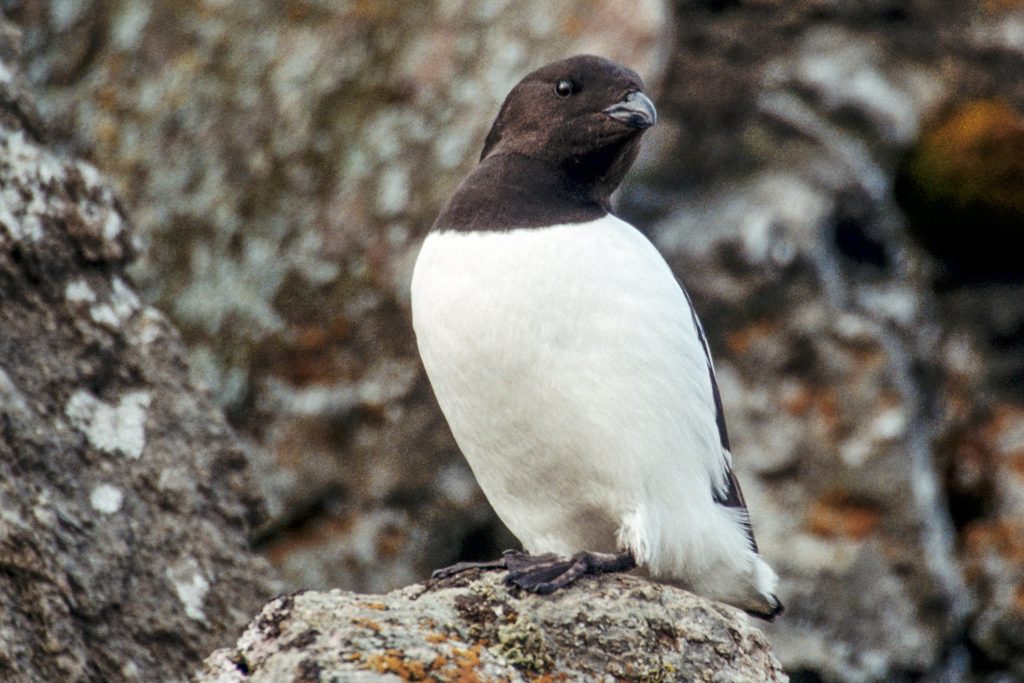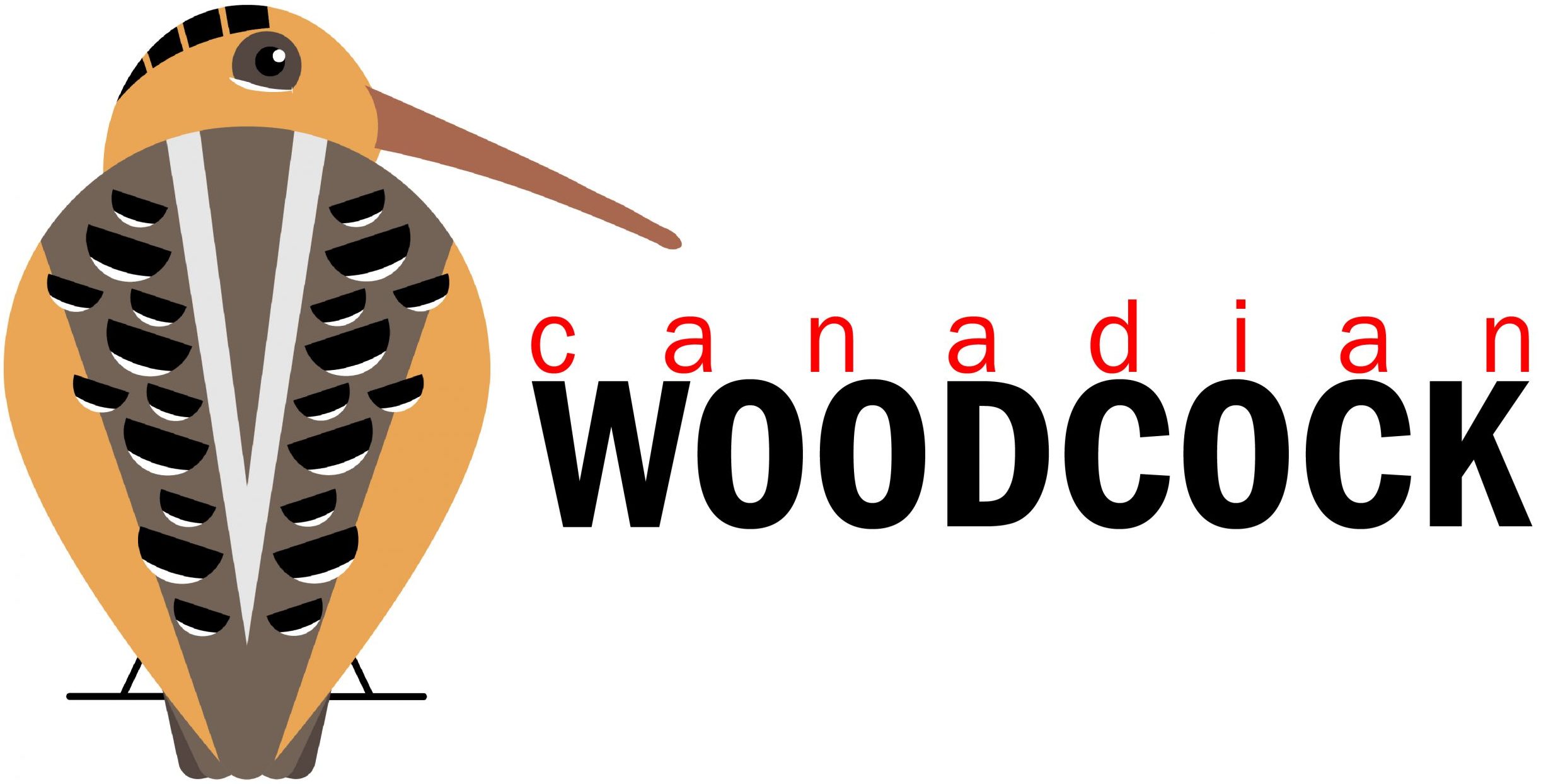I’ve been on a bit of a rant recently. First I ranted about how people behave around owls, then about people who don’t like seeing dead birds (or something to that effect). I’ve got more rants pre-loaded into the chute, too. There’s a never-ending supply, if we’re honest.
But as much as everyone loves a good rant (amirite?) I suppose for my own sake and yours, dear reader, it’d be wise to pad things with a little levity. With that in mind, this week I am returning to my special little safe space: my list of one-word-birds.
It’s been a while since I was here, so if you don’t know what I’m talking about you can get the low-down on my little pet project on the OneWordBirds page of this blog. Assuming everyone is on-board, we shall forge ahead.
Before you read any further, have a good look at the bird below and answer this simple question: how big is it?

Did you guess it was the size of a penguin? Not even close. A duck, perhaps? Nope. A pigeon? Think smaller. If you guessed it was the size of a Mourning Dove, you’re either some sort of size-guessing genius, or you’re familiar with the Dovekie.
At an average weight of around 160g and length of just 20cm, the Dovekie is slightly heavier but significantly stubbier than a Mourning Dove, and would rest neatly on the palm of you hand. Like a medium-sized russet potato, but with feathers. The name “Dovekie” actually just means “little dove”, and now you now why.
The Dovekie is the smallest of the alcids (or auks), a group that includes the puffins, its one-word cousin the Razorbill, and some other birds you may never have heard of. In Europe it is referred to as Little Auk, which is a name with two words in it and therefore, while descriptive, is inferior.
If you think the Dovekie looks like a penguin, you’re certainly not wrong. Its resemblance to its south-polar distant-cousins is probably because it evolved in a similar environment doing similar things. Albeit in the northern hemisphere and with a little more of – how do you say – an ability to fly through the air like a bird.
In fact, the way the diminuitive Dovekie lives its penguin-esque life is nothing short of mind-boggling. You would expect the smallest of the auks to be the most delicate, but the bird that Newfoundlanders affectionately call “Bull Bird” stubbornly scrapes out the harshest existence of them all.
Dovekies nest on sea cliffs in the high Arctic, where they must try to pick a spot well-defended from gulls, Arctic Foxes and Polar Bears. With young to feed, adult Dovekies then fly great distances – sometimes over 100km – to their oceanic foraging grounds, where they will dive to depths of over 30m in search of delicious marine invertebrates and small fish. Then – you guessed it – they fly back. All while being no bigger than an oblong grapefruit.

After the breeding season, the Dovekie migrates. Not to South America or the sunny Caribbean, but to the North Atlantic. Like only slightly farther south than they were to begin with. There they crash around in the violent surf, eating small sea creatures and loving life, not coming to shore until it is time to move north and breed again. Did I mention they’re like the size of an overfed hamster?
If ever a bird deserved the fame and notoriety of a one-word name, surely the Dovekie is top of the list. The combination of its tiny size and incredible toughness also put it right near the top of my list of must-see birds, and if there truly is a bird-god (fingers crossed), one day I’ll make a worthy sacrifice and tick that box.
If you ever find yourself floating in the North Atlantic in winter, something has likely gone terribly wrong. But while you’re contemplating the decisions that led you to this hopeless point, be sure to keep an eye on the waves. In them you may see your impending demise, but you may also see a little, tuxedoed Nerf football with wings, doggedly paddling its way through life. That, my doomed friend, is the Dovekie. You may die happy.

Photos:
First two: By Jerzy Strzelecki – Own work, CC BY-SA 3.0, https://commons.wikimedia.org/w/index.php?curid=3163203
Last one: By AWeith – Own work, CC BY-SA 4.0, https://commons.wikimedia.org/w/index.php?curid=51595425

